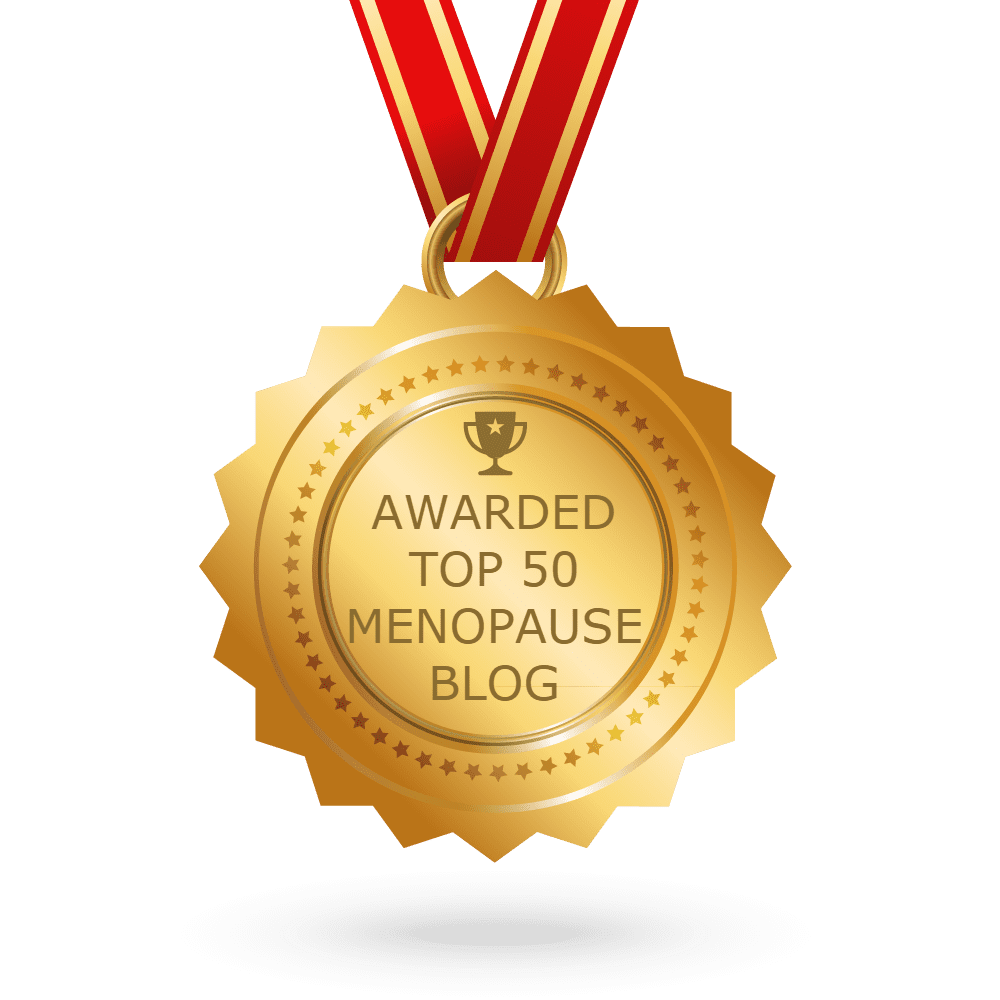Estrogen.
I thought I ‘knew’ about this very female hormone but my knowledge, as it turns out, has been very limited.
Like most of us, I’ve been aware estrogen is the hormone responsible for the development and maintenance of the female characteristics of the body. However, when I began delving into the signs of menopause I discovered that estrogen does a whole lot more than this. So, when its production in our bodies starts to decline, as it does during menopause, we need to be prepared.
Up close with three important duties of estrogen
1. The brain & estrogen
Firstly is the important role it plays in managing the chemical activities in our brain.
When estrogen levels are high we feel great. When they decline we can begin to experience anxiety, mood swings, depression, disrupted sleep and fatigue.
2. Estrogen & the skin
Estrogen also plays an important role in maintaining healthy skin, including the stimulation of collagen production and the levels of moisture therein. Therefore diminished estrogen levels invite dry, itchy and thinner skin prone to wrinkles as well as skin disorders such as formication. (Phantom feeling of ants crawling across the skin).
3. Nervous & immune systems and estrogen
Estrogen has a complex effect on the central nervous system as well as the immune system, by preventing inflammation in the joints. Consequently, its decline can lead to conditions such as paresthesia (numbness and tingling in the extremities – hands and feet) and aching joints.
R.E.S.P.E.C.T
With those kinds of learnings, I – and probably you – have gained a newfound respect for this female hormone. If you’re anything like me, you’ve probably taken it for granted for most of your life. We just kind of do don’t we?
Brilliant really.estrogen
🙂










